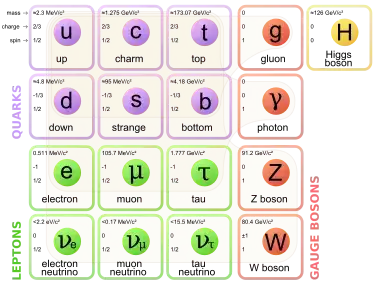If mass is not conserved
This statement needs a qualification. In our everyday life, mass is conserved. Even banks weigh coins of the same denomination to know how many coins there are in the vault. In the framework where classical mechanics works, mass is conserved.
but instead energy is conserved,
It is in special relativity that mass and energy are correlated.

For a complex of particles, their invariant mass is not equal to the sum of their masses, in contrast to the classical regime where the mass of objects is additive.
so is it right to say that the fundamental particle of the Universe is photon
The photon is a part of the elementary particles of the standard model of physics.
They are called elementary because they are not composed out of other particles.
instead of protons, neutrons,
True, protons and neutrons are composite. They each are composed of quarks, elementary particles in the table.
electrons, leptons, etc and all that.

All the particles in the table are elementary, as elementary as the photon.
That is all mass is eventually made of photons (energy).
The above is a blanket statement. At the energies of our laboratories each particle is fundamental, not only the photon, and has a definitive role in building up macroscopic matter. It is only when modeling the beginning of the universe where one can talk of all matter being energy, but that is another story and needs quantum mechanics and General Relativity . These are combined in the Big Bang Model , and there you will see that the photons appear at the same time as the rest of the particles in the table.

